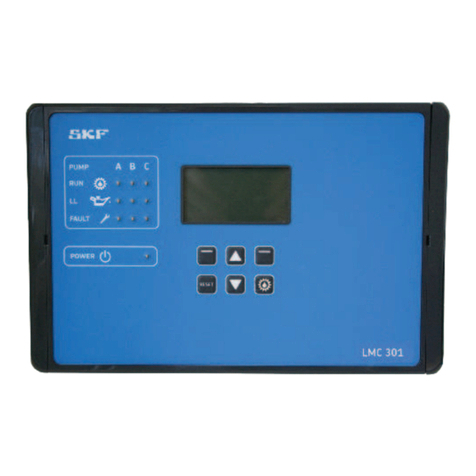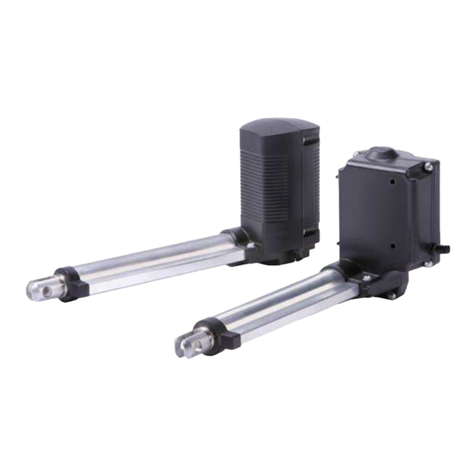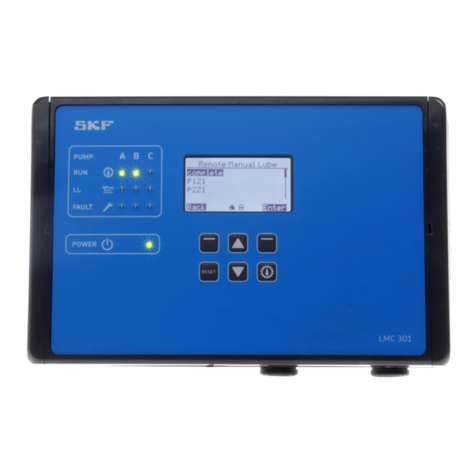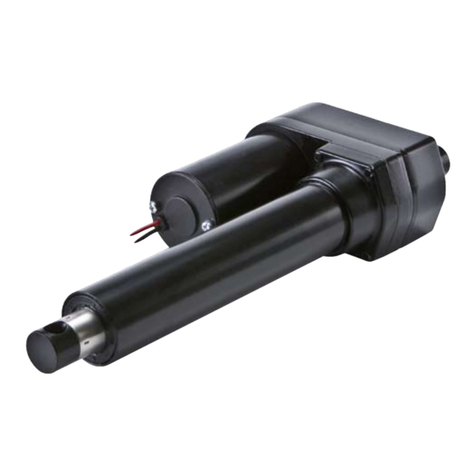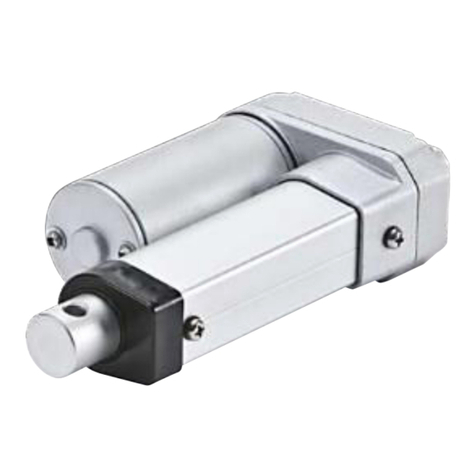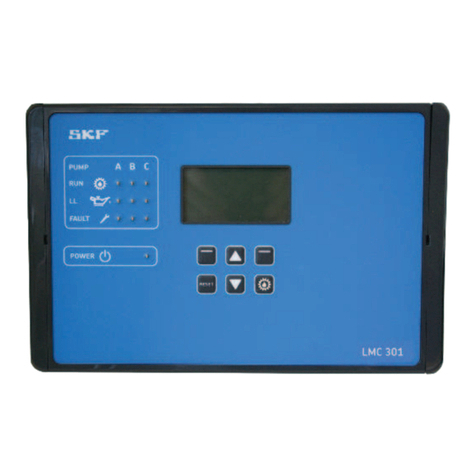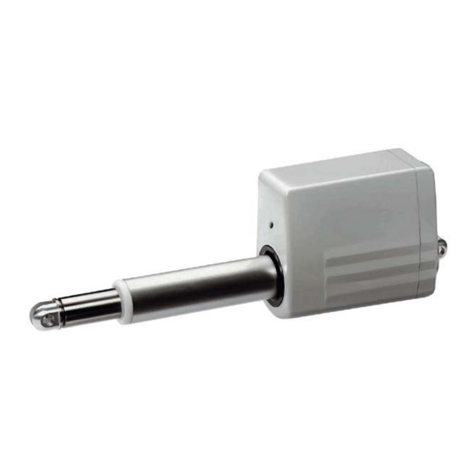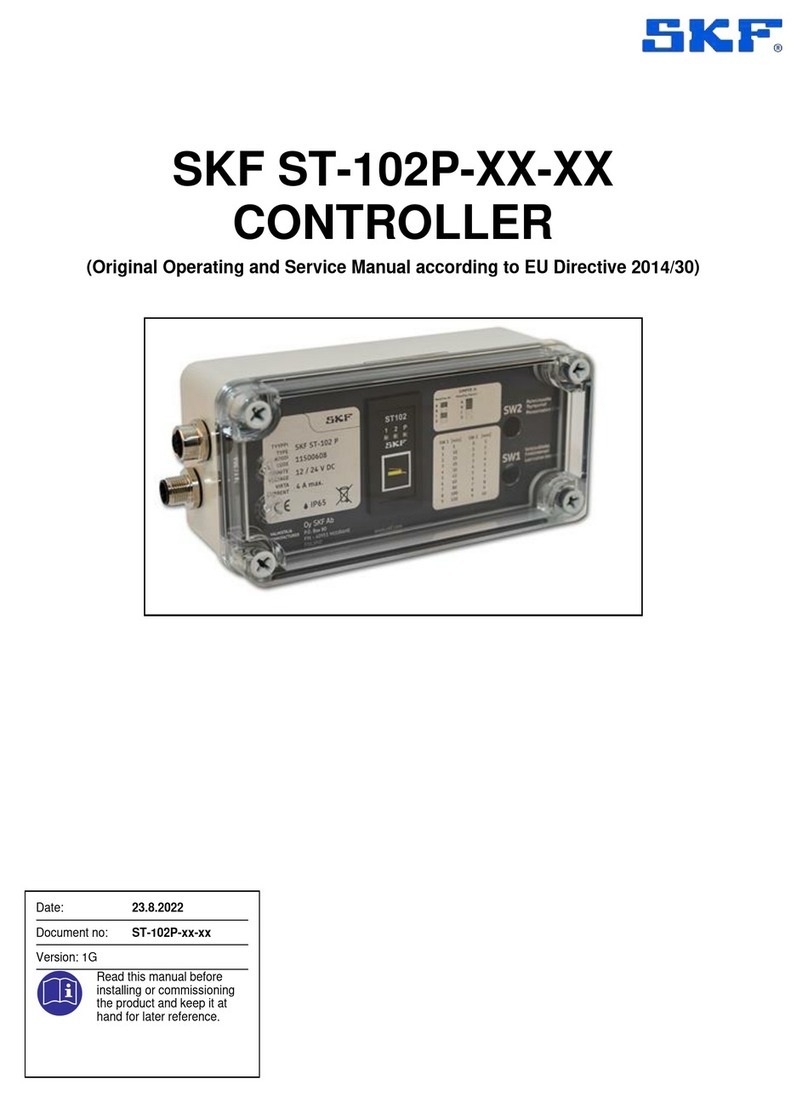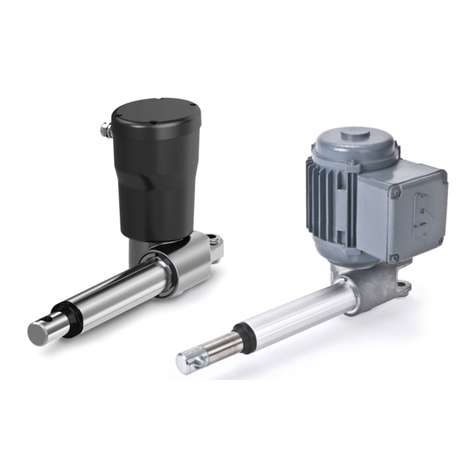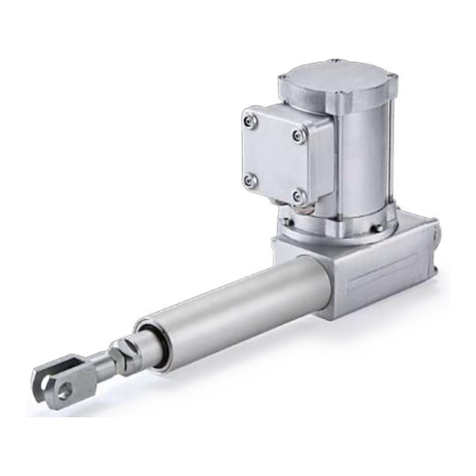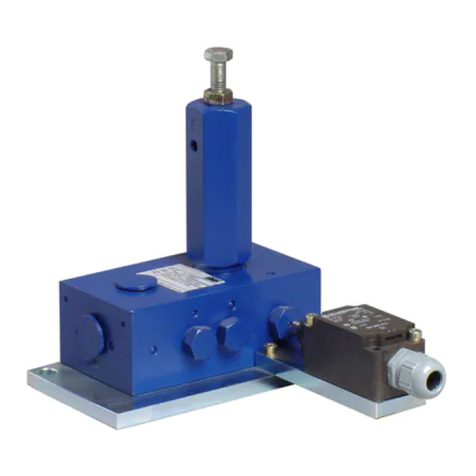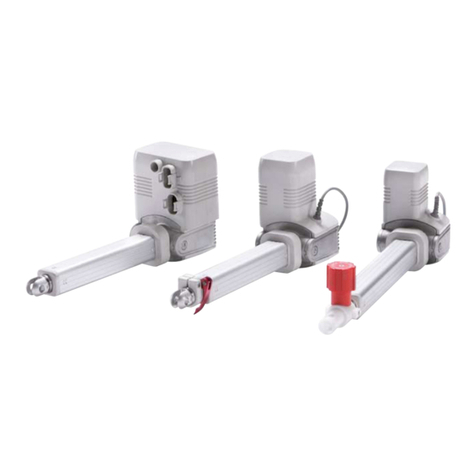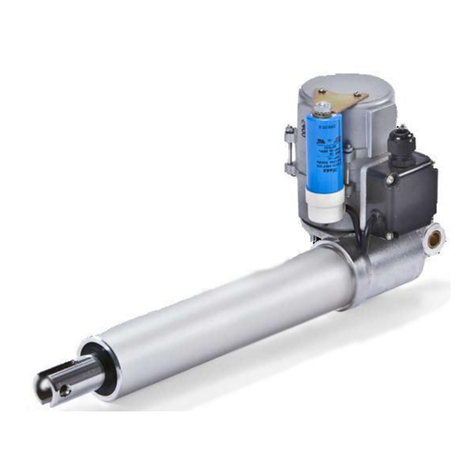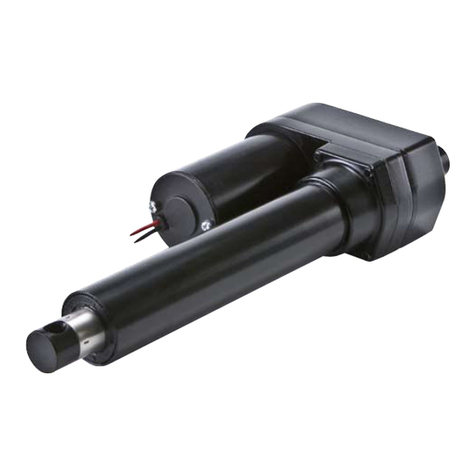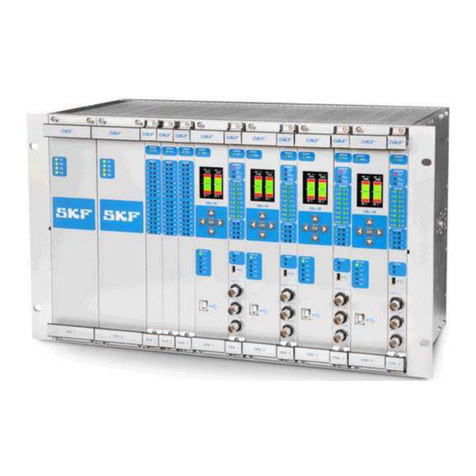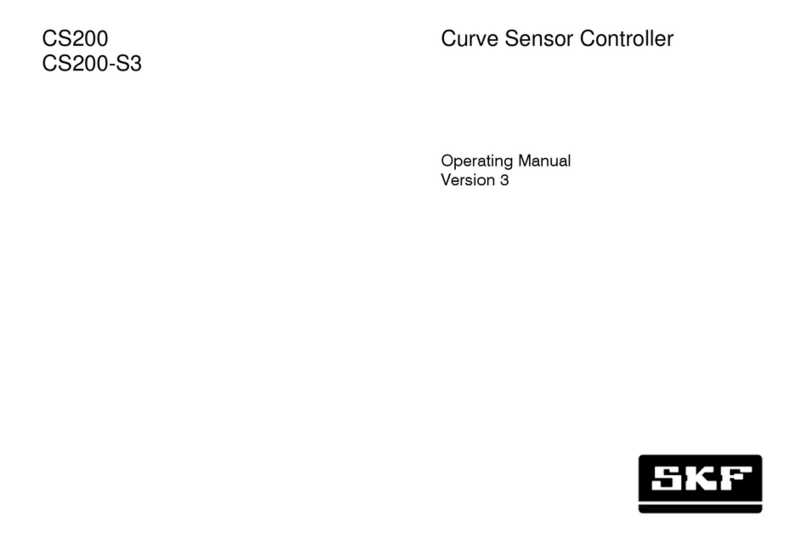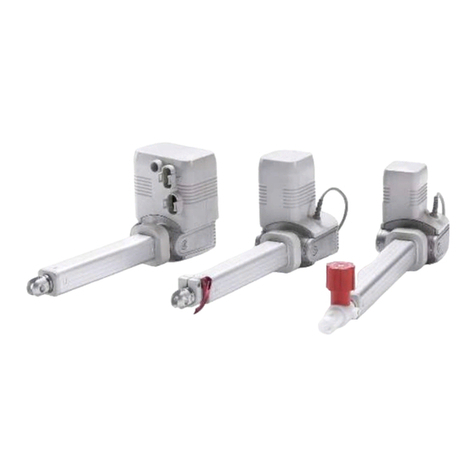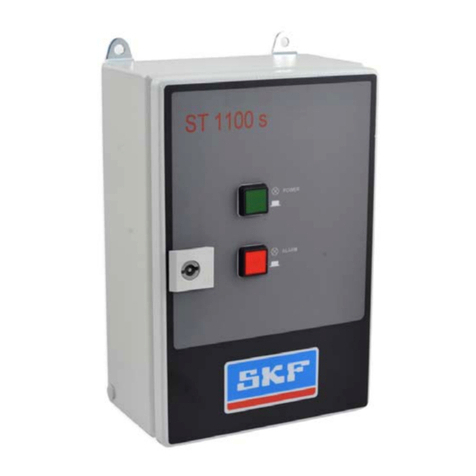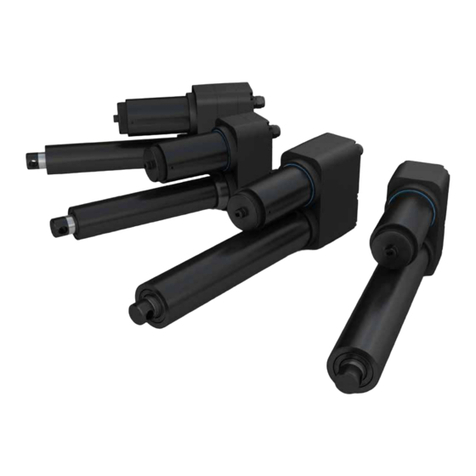Quick Setup/Installation Guide for Lubrication Monitor Controller LMC 301
951-150-029-EN 3
1. Safety instructions
1.1 General safety instructions
The operator must ensure that the instruc-
tions are read and fully understood by all per-
sons tasked with working on the product or
who supervise or instruct such persons. The
operator must also ensure that the staff fully
understands the content of the instructions.
The instructions must be kept readily avail-
able together with the product.
The manual forms part of the product and
must accompany the product if sold to a new
owner.
The product described here was manufac-
tured according to the state of the art.
Risks may, however, arise from its usage and
may result in personal injury or damage to
material assets.
Any malfunctions affecting safety must be
remedied immediately.
In addition to the assembly instructions/oper-
ating instructions, all statutory regulations
and other regulations for accident prevention
and environmental protection must be
observed.
1.2 General behavior when handling the
product
o
The product may only be used in awareness
of the potential dangers, in proper technical
condition, and according to the information
in this manual.
o Personnel must familiarize themselves with
the functions and operation of the product.
The specified assembly and operating steps
and their sequences must be observed.
o Any unclear points regarding proper condi-
tion or correct assembly/operation must be
clarified.
Operation is prohibited until issues have
been clarified.
o Unauthorized persons must be kept away.
o All safety instructions and in-house in-
structions relevant to the particular activity
must be observed.
o Responsibilities for different activities must
be clearly defined and observed. Uncer-
tainty seriously endangers safety.
o Protective and safety mechanisms cannot
be removed, modified, nor disabled during
operation and must be checked for proper
function and completeness at regular in-
tervals.
If protective and safety mechanisms must
be removed, they must be installed im-
mediately following conclusion of work and
checked for proper function.
o Any malfunctions that occur must be
resolved according to responsibility. The
supervisor must be notified immediately
in case of malfunctions outside one's indi-
vidual scope of responsibility.
o Wear personal protective equipment.
o Observe the relevant safety data sheets
when handling lubricants/equipment.
1.3 Qualified technical personnel
Only qualified technical personnel may install,
operate, maintain, and repair the products
described here.
Such persons are familiar with the relevant
standards, rules, accident prevention regula-
tions, and assembly conditions as a result of
their training, experience, and instruction.
They are qualified to carry out the required
activities and in doing so recognize and avoid
any potential hazards. The definition of quali-
fied personnel and the prohibition against
employing non-qualified personnel are laid
down in DIN VDE 0105 and IEC 364. Relevant
country-specific definitions of qualified tech-
nical personnel apply for countries outside the
scope of DIN VDE 0105 or IEC 364.
The core principles of these country-specific
qualification requirements for technical per-
sonnel cannot be below those of the two stan-
dards mentioned above.
The operator is responsible for assigning
tasks and the area
of responsibility.
The personnel must be trained and instructed
prior to beginning work if they do not possess
the requisite knowledge.
Product training can also be performed by
SKF in exchange for costs incurred.
1.4 Electric shock hazard
WARNING
Electric shock
Work on the Lubrication Monitor
Controller may be performed only
by qualified and trained personnel
authorized to do so by the operator.
De-energize the product prior to
beginning work.
Local conditions for connections and
local regulations (e.g., DIN, VDE)
must be observed.
Serious injury or death and property
damage may result from improperly
connected products.
1.5 Operation
The following must be observed while work-
ing on the product.
o All information within this manual and
the information within the referenced
documents.
o All laws and regulations that the operator
must observe.
